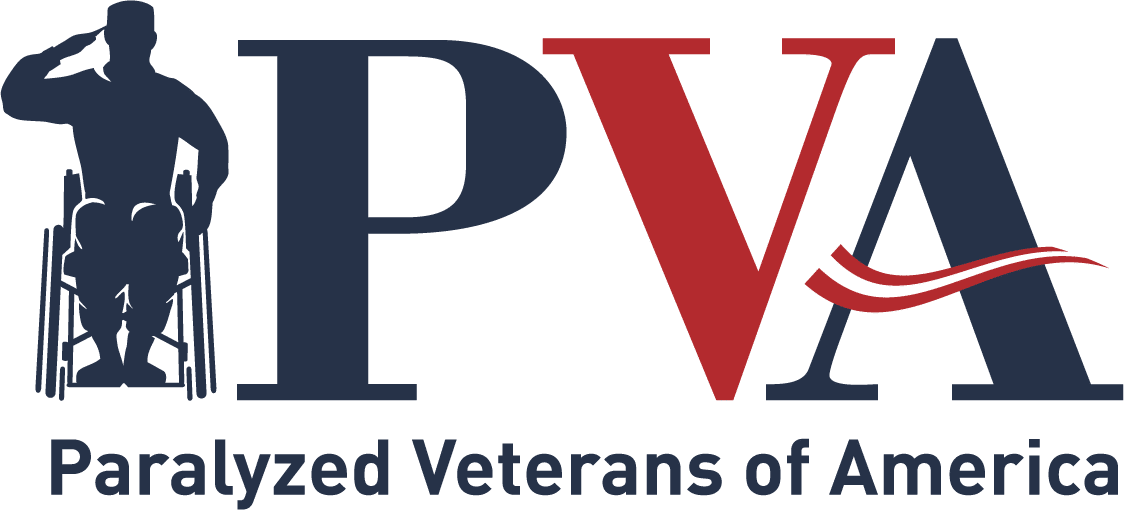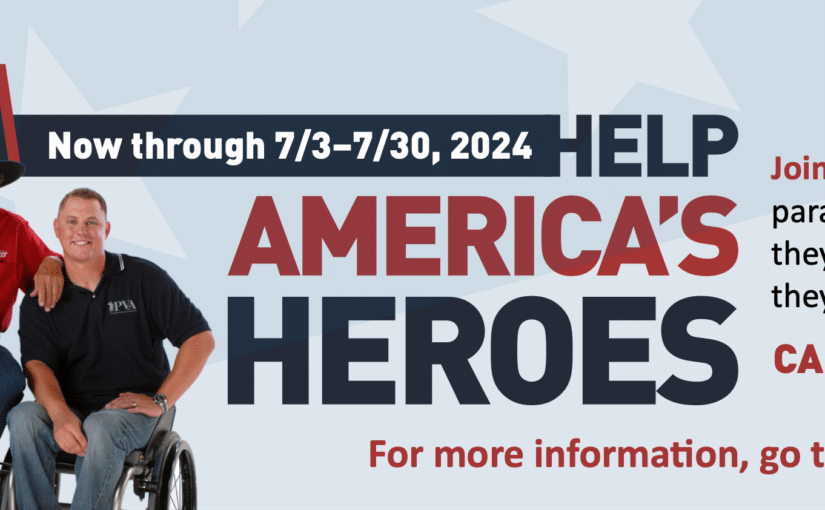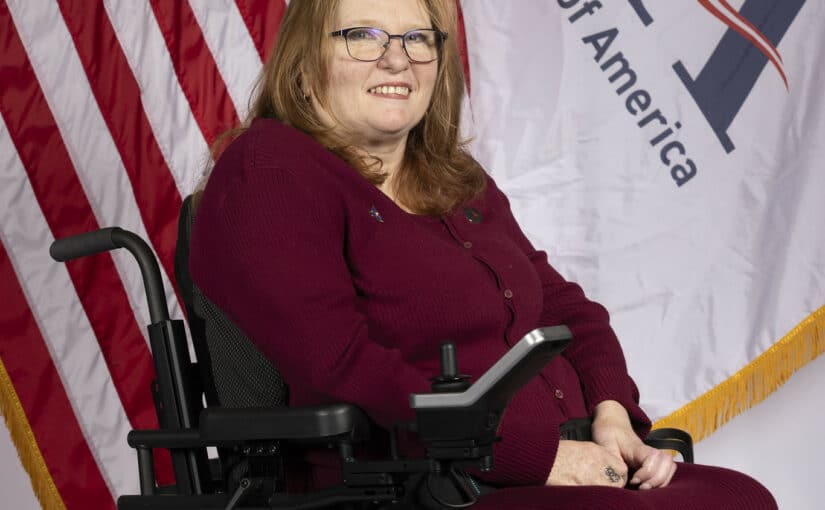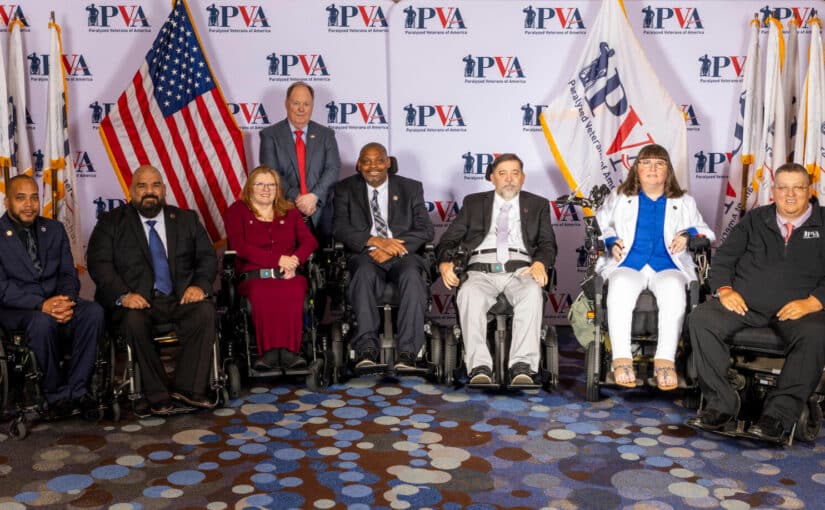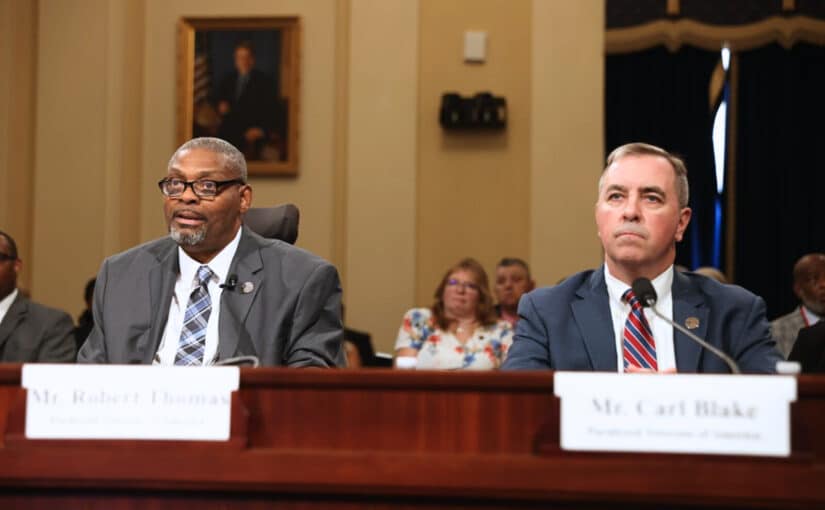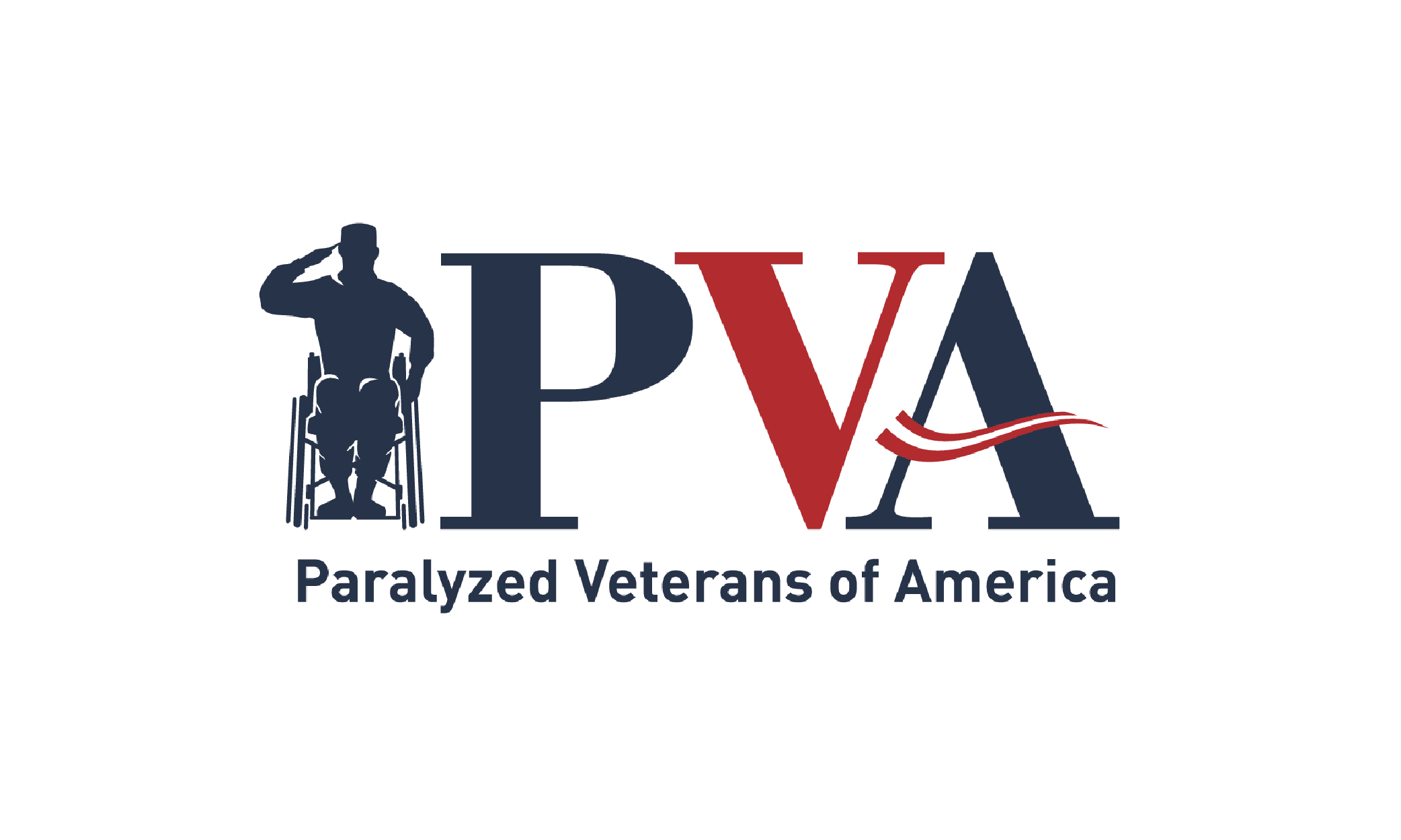
Support home and community-based services before more veterans, caregivers are left feeling abandoned
Post Date: November 30, 2022Originally published in The Hill
One day last year, no nurse arrived to help me out of bed. I’m Charles, a paralyzed veteran, and without ample warning the VA-contracted, home health agency responsible for my care didn’t secure a backup, later telling me it was my responsibility to find one. Trapped in my bed and unable to eat, drink, take medication, or tend to bodily needs, the system failed me.
America’s paralyzed veterans face this fear daily.
Increasing numbers of aging and disabled veterans are straining VA’s long-term care services. The rising costs of long-term care, coupled with VA’s spending caps on Home and Community-Based Services (HCBS) and home care worker shortages, are forcing veterans who prefer to receive their care at home, as well as their caregivers to make difficult sacrifices.
The reality is some veterans, especially those with catastrophic disabilities, and their caregivers feel abandoned, broken, and unsupported by a system that was designed to meet their unique needs.
Leaders of prominent national veteran and caregiver organizations know these experiences all too well. Congress and VA must act now to ensure the needs of our heroes and their caregivers are met through the following actions:
First, VA must increase access to home and locally-based care, and rapidly expand programs, like Veteran Directed Care (VDC), to all VA medical centers. This will allow more veterans to receive HCBS in a consumer-directed way and help those who are isolated or whose caregivers are overburdened by giving them the power to hire their own care workers while they live in their community. The availability of this program is inconsistent and varies by region. VDC and other HBCS programs should extend to all U.S. states and territories. VA announced a five-year plan to expand VDC in January, but veterans and caregivers desperately need access to this care now, as well as HCBS information.
Second, Congress must raise the cap on payments from 65 percent to 100 percent or more. Current law prohibits VA from paying for in-home care if it’s more than 65 percent of what it would cost if the veteran was placed in a nursing home. This change would be life-altering for veterans and their families who desire to stay in their home to remain independent and have more control over their care.
For example, a caregiver for a veteran with ALS would be required to cover the remaining 35 percent of the cost of care or risk the veteran’s placement in a nursing home.
Third, VA must allow catastrophically disabled veterans to continue using funds during a period of hospitalization. The need for a caregiver doesn’t disappear when a veteran’s hospitalized. Neither community hospitals nor VA medical centers are adequately staffed or trained to perform all the tasks these veterans need.
Currently, veterans with high-level quadriplegia cannot receive caregiving assistance through VA programs while they’re hospitalized. Enabling caregivers—who are their best advocates–to remain at their bedside ensures these veterans’ individual needs are properly met.
Fourth, VA must provide a personalized, coordinated handoff of veterans and caregivers denied or discharged from the Program of Comprehensive Assistance for Family Caregivers (PCAFC) or other programs into other available HCBS or VA’s Program for General Caregiver Support Services. Over the last two years, PCAFC has denied or discharged many caregiver applicants prompting reviews, and a delay by VA. However, PCAFC isn’t the only program VA offers for caregivers. VA has an entire suite of HCBS.
Currently, the application for each HCBS program is lengthy, time-consuming, and disjointed. Ensuring veterans are simultaneously assessed for these programs assures efficient access to appropriate resources and improves user experience.
When VA isn’t able to meet the long-term health care needs of veterans, it fails to deliver on its mission. While institutional care options must be available for veterans who need them, the veterans who rely on a spouse, parent, family member, or loved one for care should be allowed to live in their homes in a dignified, supported, and safe manner.
Although VA doubled its HCBS spending between 2007 and 2015, it accounts for little over 30 percent of its long-term care budget – far less than the national spending average under Medicare. Additionally, caregivers save our country more than $20 billion annually in uncompensated labor.
Congress should invest in these veterans and caregivers by passing the Elizabeth Dole Home and Community Based Services for Veterans and Caregivers Act (H.R. 6823/S. 3854). Changes directed by this legislation uphold the promise our nation makes to military families bearing the disabilities of war by resolving the most persistent hardships faced by veterans and those who care for them.
We urge Congress to act on this bipartisan legislation now so veterans can remain members of their communities, be present with their families, support their caregivers, and above all, age in their own homes with dignity.
Steve Schwab is the CEO of the Elizabeth Dole Foundation and Charles Brown is the national president of Paralyzed Veterans of America.
